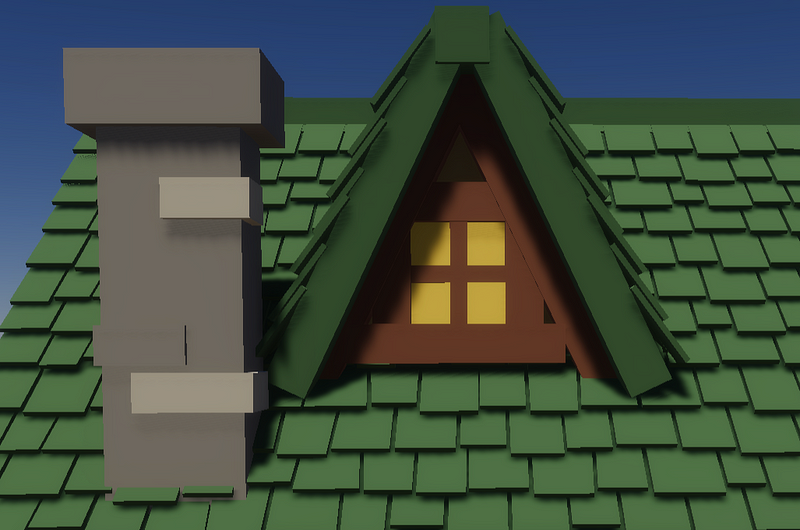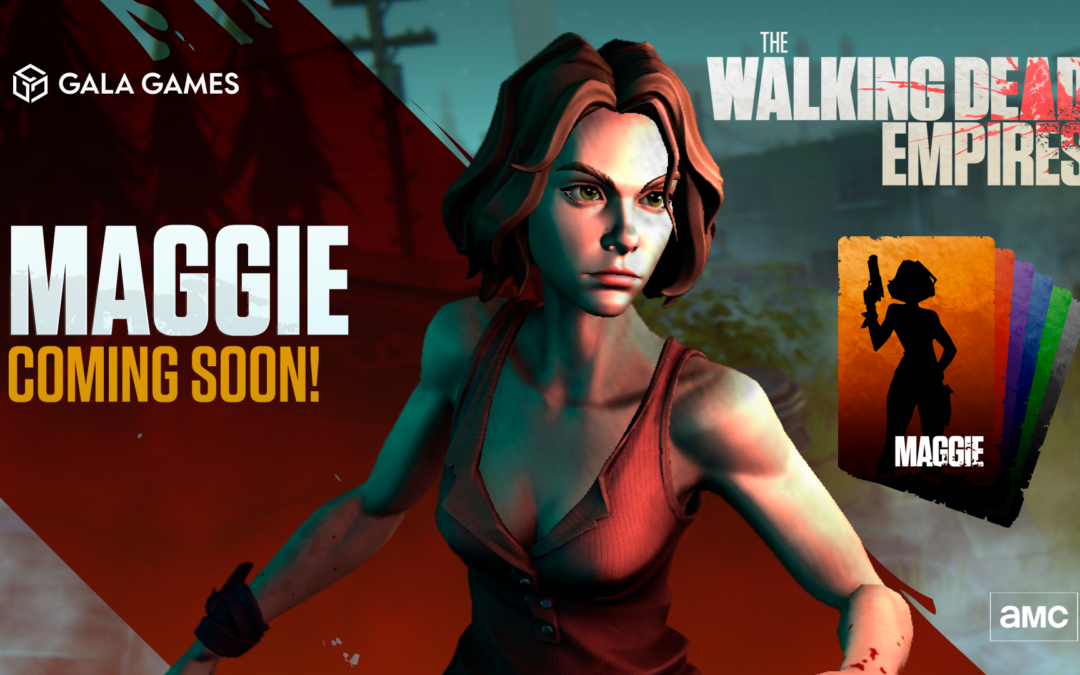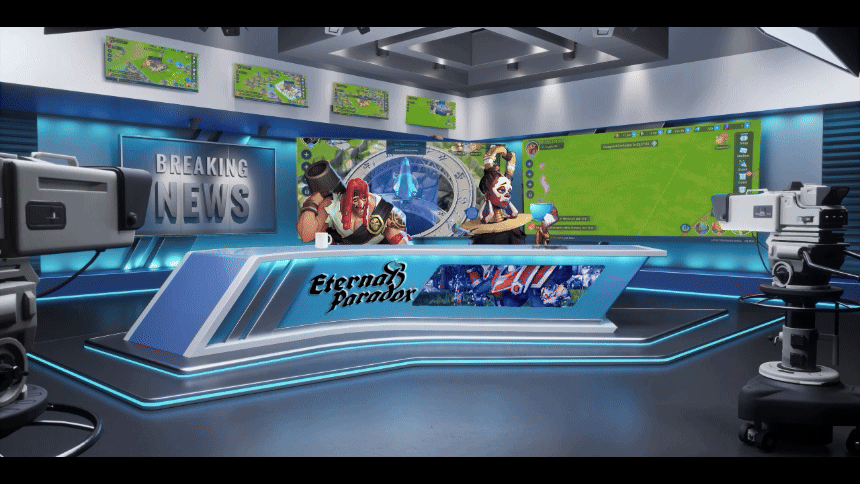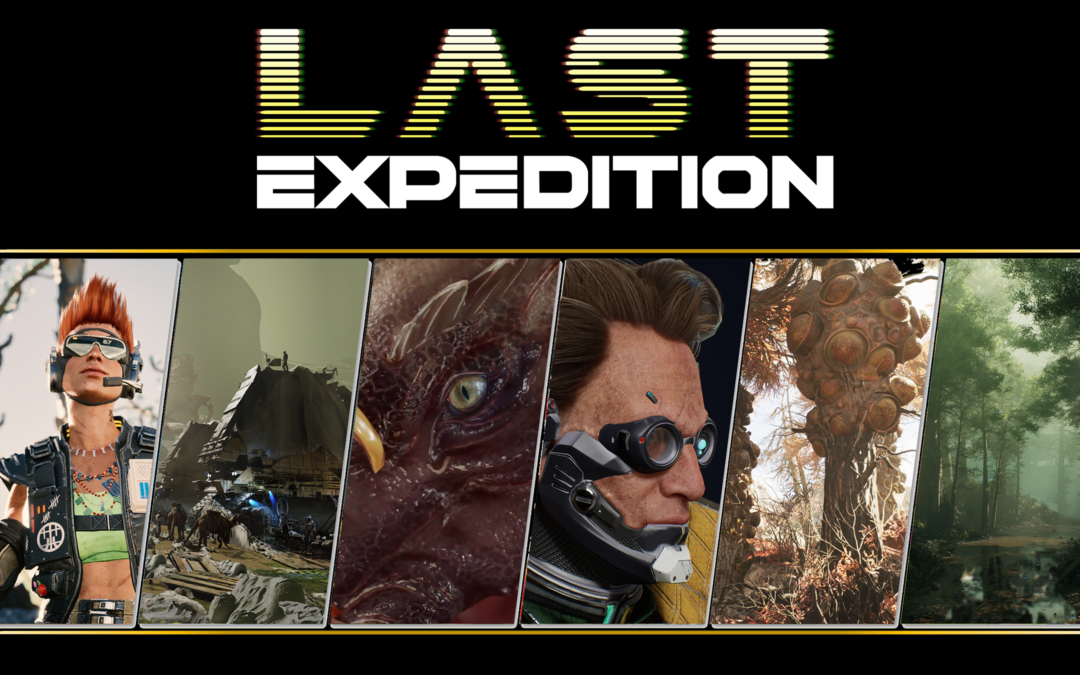Firstly, we apologize for the delay in our update schedule for Mirandus. We have had such a huge amount going on behind the scenes right now, we sometimes aren’t able to keep up with updates on each piece of the project as it moves forward. However, we know that everyone wants more information about Mirandus, so here we go!
Last week, BitBender sat down with Noah Mizrahi and Lucas Feld to talk about the material system in the world of Mirandus. They filled him in on the custom material system which has been created for the game. This system allows a designer to create a material swatch in a data spread sheet by providing properties like color and specularity, those swatches then become available to the 3D artist to assign to areas of the 3D mesh inside of modeling tools like Blender, Maya or 3DS Max. This approach solves two problems: firstly, it optimizes the draw calls to render the game by making everything a swatch of a material instead of its own material (each material is its own draw call), and secondly, it allows consistency for all the surfaces in the game.
While this sounds somewhat geeky and abstract, it is a HUGE win for the game creation process, both in terms of end-user rendering time and time required to design and iterate. This is a data-driven materials system where rather than a gajillion materials made for every different object in-game, we have created a set of smart materials that impact physically based rendering. This creates the concept in the world that if you know what a material is made out of, you can drive certain gameplay aspects such as physics, player interactions, weight, durability, etc. This could even work into the crafting mechanics of the game.
This system can also be used to drive procedural variation.
For example:

After the application of the Gala Procedural Materials System:

This is an extremely clear example because with roof tiles you can see a large number of nearly identical items all stacked together, but the implementation in the game can be much deeper. In the real world, there is no such thing as two identical items…there is always some differentiation if you look close enough. When you see a line of fence posts, they are each slightly different. This will also be the case in Mirandus, where items will each have a degree of variance in terms of shape, color, reflectivity, etc. This will make Mirandus the merging of the best of both the pre-designed and procedural worlds. You can explore a world that has been built by best-in-class world-builders but that has the color and life of random variance.
This system is one of the many game development tools that are being built by the Gala Games team that will radically change game development by dramatically reducing load and making it possible for developers to iterate hundreds of times when studios not using the tools and methods we have built will only be able to test things a couple of times.





